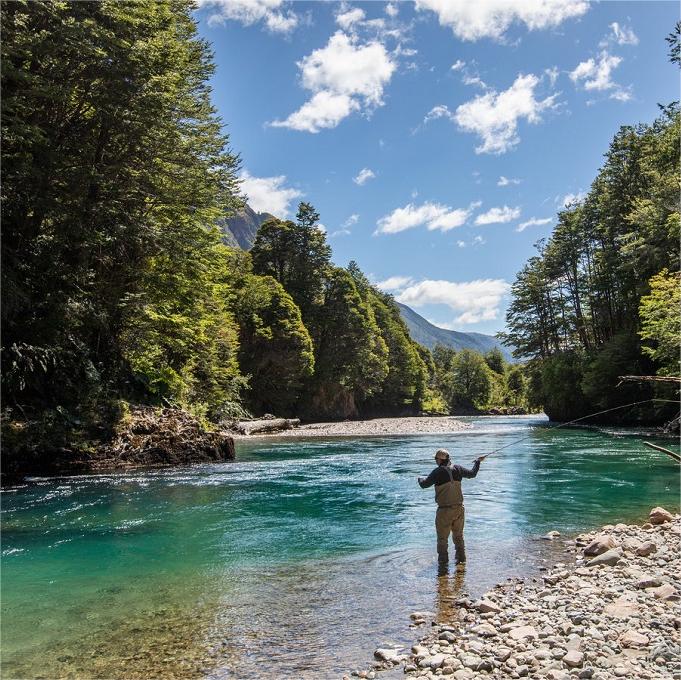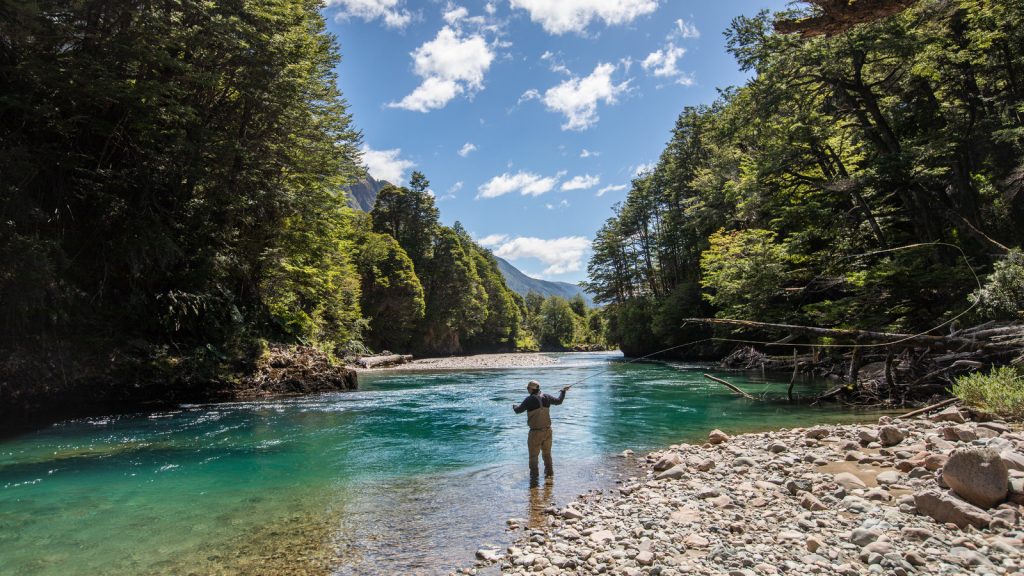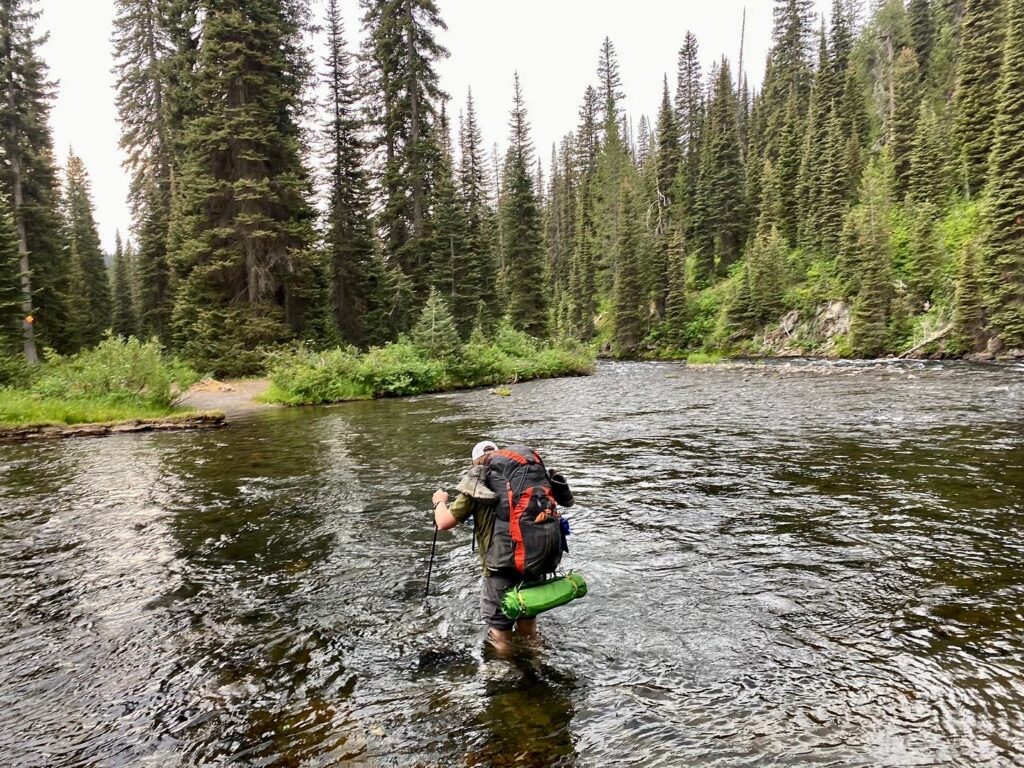Outdoors: Hiking, fishing, spending time in the sun or at the pool!

Introduction: Appalachian Mountains hiking is a great way to see some of the most beautiful and rugged country in the United States. There are many trails to choose from, so you can find the perfect hike for your needs. With an experienced guide and plenty of supplies, you can explore this hiking area without any trouble.

How to hike the Appalachian Mountains.
The Appalachian Mountains are a range of mountains located in the eastern United States. They run from Maryland to Georgia and include some of the most beautiful scenery in the country.
In order to hike the Appalachian Mountains, you will need some supplies including water, sunscreen, hats, and snacks. The easiest way to hike these mountains is to start out by hiking the shorter routes first. These routes can be hiked in a day or less and feature lower elevation than monorail hikes.
When hiking the Appalachian Mountains, it is important to be aware of your surroundings and take precautions against altitude sickness. To ensure your safety, drink plenty of fluids and eat healthy foods before setting off on your hike. Additionally, bring along maps and compass directions so that you can find your way back if things get too confusing or dark during your journey up the mountain.
What to expect when hiking the Appalachian Mountains.
Hiking through the Appalachians can be an awe-inspiring experience full of stunning vistas and rugged peaks. However, there are a few things that you should keep in mind while hiking:
1) Be prepared for weather conditions which can vary greatly from day to day;
2) Make sure you have enough rest between climbs/hikes;
3) Bring food and water for yourself as well as any snacks or drinks that may need to be carried along;
4) Take breaks frequently throughout your journey;
5) Drink plenty of fluids (particularly water); :;6) If you feel lost or uncomfortable, seek out help from a friendly local guidebook or travel agent.
Hiking the Appalachian Mountains: Tips for Success.
If you are starting out on your hike, it is important to follow the safety guidelines that have been put in place by the Appalachian Mountains National Park. These guidelines include carrying a map and compass, drinking plenty of fluids, and not going above a certain elevation rating. Additionally, remember to bring along a headlamp or flashlight in case of darkness and thunderstorms.

How to Hike the Appalachian Mountains.
When choosing an Appalachian mountain hike, it’s important to consider the difficulty level of the trail. To increase your chances of enjoying a hike at a reasonable price, choose trails that are easy enough for beginners but challenging enough for experienced hikers.
To learn about hiking in the Appalachian Mountains, start by reading some basic guidebooks or visiting an Appalachian National Forest visitor center. Then, study safety tips and precautions before setting out on your hike.
Know the Basics of Hiking.
Before beginning any hike, be sure to know the basics: where you are going and how to get there. In addition to this information, get familiar with hiking distances and elevation changes so you can plan your route accordingly.
Learn How to Hike the Appalachian Mountains in a Safe and Effective Way.
Hiking in Appalachia is always dangerous, but there are a few things you can do to make sure you’re safe while hiking: pack strongabies and bring water Bibles and other emergency supplies if you experience weather conditions that would affect trekkers such as heavy rain or snow; stay aware of your surroundings and take frequent breaks; use common sense when planning routes; respect nature and animals by not touch them without permission; and never leave children or pets behind on hikes).
Prepare for the Hiking Experience.
Before departing for your hike, make sure you have properly trained yourself and practice proper safety techniques (including using a map), wear sunscreen/hat/sunglasses/ outstanding walking shoes, insect repellent (to prevent stings from mosquitoes), first-aid kit (including sunscreen, Ibuprofen®, bandages*, etc.), food storage supplies (for snacks and drinks), identification (such as a driver’s license or passport), water bottles (to drink during long hikes),emergency whistle*(if necessary)*,and sturdy shoes/clothes*(wearing layers will protect against cold weather).

How to Hike the Appalachian Mountains.
One of the most important things to consider when hiking the Appalachian Mountains is the right gear. For a beginner, it’s best to choose hiking boots that are comfortable and provide good support. Hiking pants and jackets can also be helpful, as they will help keep you warm on colder days and protect you from the sun during more intense hikes.
To help navigate the trails in the Appalachian Mountains, use a highway maps and directions. Highway signs will also indicate which hiking trails are available in which direction. Additionally, consult local park or recreation office for information on trails, permits, and other hiking options in the area.
Use the Right Hiking Trails.
The Appalachian Mountains are a great place to hike if you’re looking for an easy walk with some challenging sections thrown in for good measure. Some popular hiking trails range from easy to very hard, so it’s important to find one that fits your fitness level and interests you. When planning your hike, be sure to research each trail before starting so that you have a comprehensive plan of action.
Parks and Recreation in the Appalachian Mountains.
Parks and recreation offices in many towns and cities across the Appalachians offer free or discounted activities like fishing, mountain biking, kayaking, skiing, & snowboarding while closed on Mondays/ Wednesdays/ Fridays etc., making this an ideal time to visit without having to worry about spending too much money on touristy items!

Conclusion
Hiking the Appalachian Mountains can be a great way to experience the beautiful and challenging landscape. However, it’s important to be aware of potential dangers while hiking the mountains. Choose the right hike, bring along a highway maps and directions, and use the right hiking trails. By following these safety tips, you can enjoy your hike to its fullest potential.








